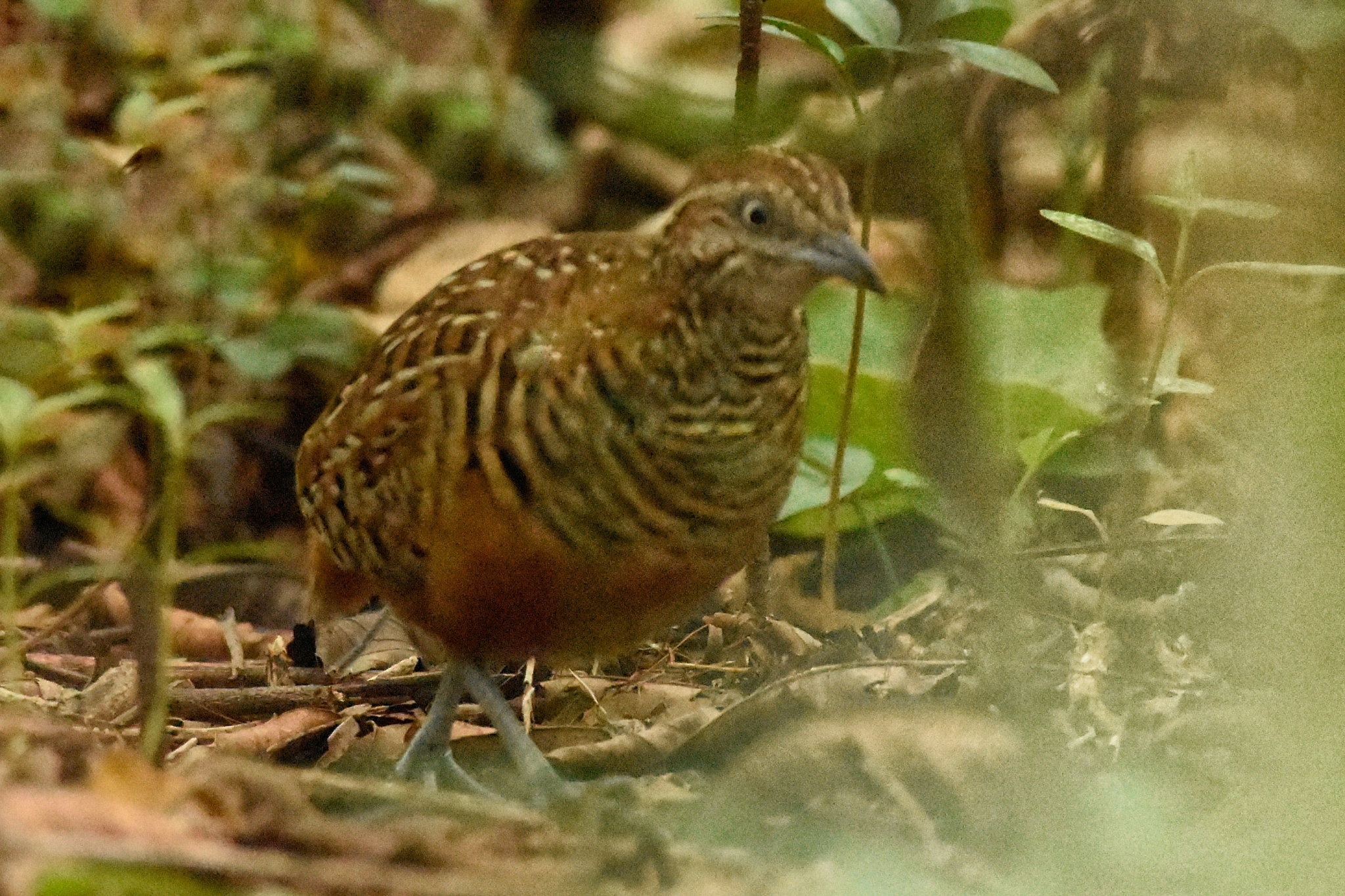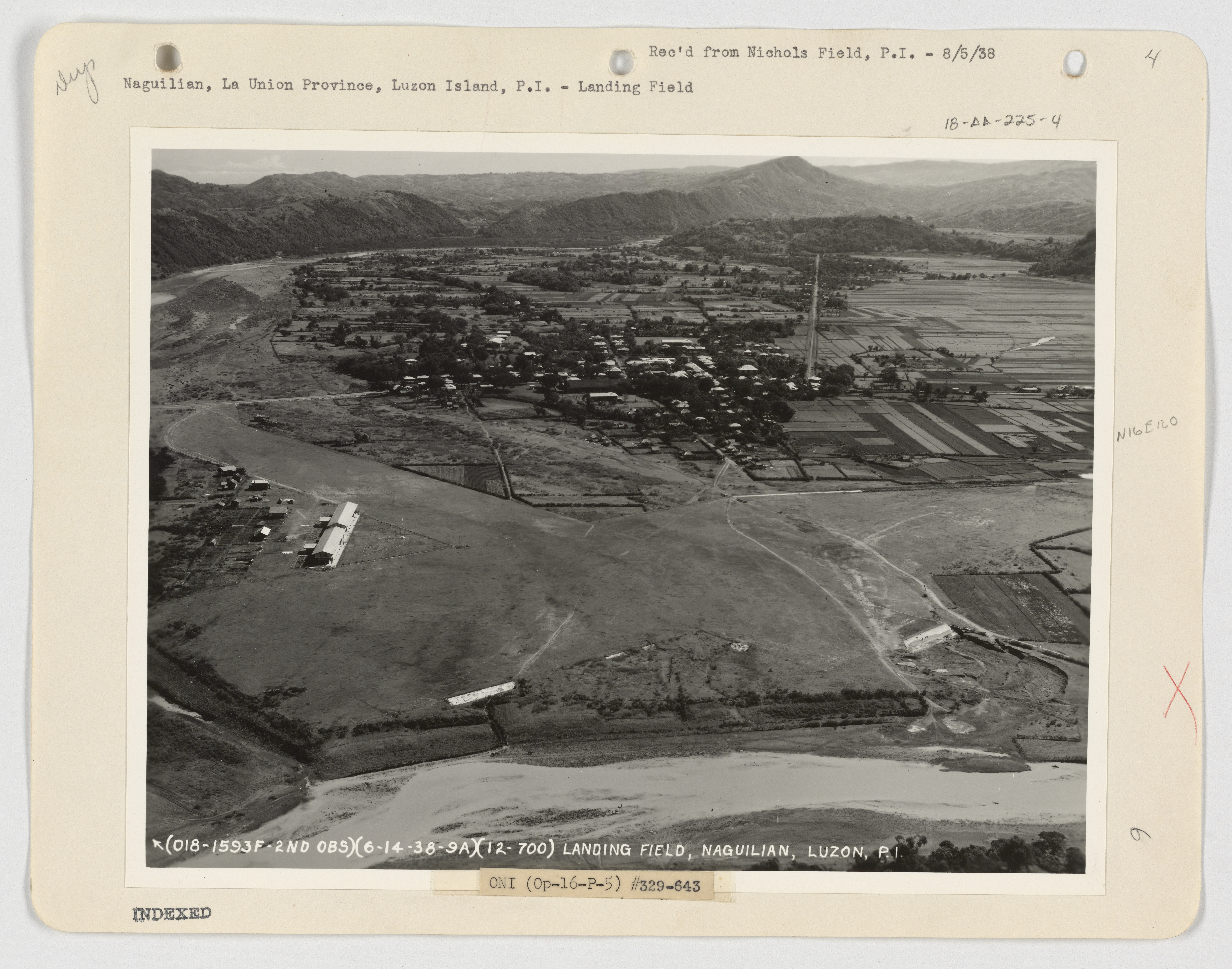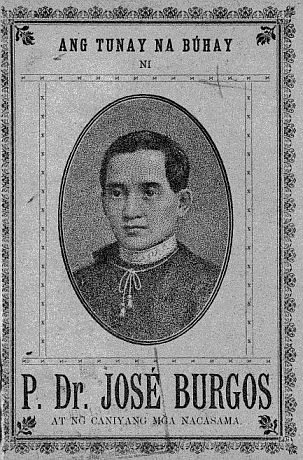|
La Union (province)
La Union (), officially the Province of La Union (; ; ; ; ; ), is a coastal province in the Philippines situated in the Ilocos Region on the island of Luzon. The province's capital, the City of San Fernando, is the most populous city in La Union and serves as the regional center of the Ilocos Region. Bordered by Ilocos Sur to its north, Benguet to its east, and Pangasinan to its south, with the West Philippine Sea to the west, La Union is located 273 kilometers (170 miles) north of Metro Manila and 57 kilometers (35 miles) northwest of Baguio City. The province spans an area of 1,497.70 square kilometers (578.27 square miles). As of the 2020 census, La Union had a population of 822,352, resulting in a density of 550 inhabitants per square kilometer or 1,400 persons per square mile. The province had 538,730 registered voters as of 2022. The province official language is Iloco (Ilocano), as declared by the provincial government of La Union. La Union is renowned for its pictur ... [...More Info...] [...Related Items...] OR: [Wikipedia] [Google] [Baidu] |
San Juan, La Union
San Juan, officially the Municipality of San Juan (; ), is a coastal municipality of the Philippines, municipality in the Philippine Province, province of La Union, Philippines, know as the Surfing Capital of the North. According to the 2020 census, it has a population of 40,507 people. Etymology The name ''San Juan'' is derived from the Spanish name John the Baptist, Saint John the Baptist (San Juan Bautista), a revered figure in Christianity recognized as the forerunner of Jesus, Jesus Christ. The town was named in his honor in 1586 by Order of Saint Augustine, Augustinian friars during the History of the Philippines (1565–1898), Spanish colonization, following the tradition of dedicating settlements to Christian saints. Saint John the Baptist's significant role in biblical history particularly his call for repentance and his baptism of Jesus in the Jordan River made him an ideal patron for the municipality. The adoption of his name reflects the profound influence of Spanish ... [...More Info...] [...Related Items...] OR: [Wikipedia] [Google] [Baidu] |
Agoo
Agoo (), officially the Municipality of Agoo (; ; ), is a coastal municipality in the province of La Union, Philippines. According to the 2020 census, it has a population of 66,028 people. Etymology The name "Agoo" is believed to have originated from a native tree locally known as ''"aroo"'' in Ilocano and ''"agoho"'' in Tagalog ('' Casuarina equisetifolia''), commonly referred to as the whistling pine. This pine-like evergreen species is known for its slender, needle-like foliage and the distinctive whistling sound produced by the wind passing through its branches. Historically, the tree grew abundantly along the riverbanks and the forested western coastline of Agoo, playing a significant role in the town's natural landscape. Its prevalence in the region is thought to have influenced the naming of the town. History Agoo's administration and recorded history reach further back than most Philippine municipalities, with the town being established within the same decade that the Sp ... [...More Info...] [...Related Items...] OR: [Wikipedia] [Google] [Baidu] |
San Gabriel, La Union
San Gabriel , officially the Municipality of San Gabriel (; ), is a landlocked municipality in the province of La Union, Philippines. According to the 2020 census, it has a population of 18,943 people. Etymology The name of the town is derived from its patron saint, Gabriel, one of the archangels in Christian, Jewish, and Islamic traditions, known as a ''messenger of God''. Towns were often named after saints to accord spiritual protection and signify religious devotion, and the choice of Saint Gabriel likely reflects the community's faith or a historical connection, such as the founding of a church or a significant event attributed to his intercession. History San Gabriel traces its origins to a settlement of the Kankanaey people, one of the indigenous groups of the Cordillera region. When Spanish colonizers arrived, the Augustinian friars established it as a sitio (small settlement). The sitio’s location, characterized by a wide plain suitable for animal grazing and farmin ... [...More Info...] [...Related Items...] OR: [Wikipedia] [Google] [Baidu] |
Rosario, La Union
Rosario, officially the Municipality of Rosario (; ; ), is a coastal municipality of the Philippines, municipality in the Philippine Province, province of La Union, Philippines. According to the 2020 census, it has a population of 60,278 people. Located at the southernmost tip of La Union, Rosario is known as the ''"Gateway to Ilocandia"'' and serves as the terminus of the Tarlac–Pangasinan–La Union Expressway (TPLEX), making it a vital transit hub connecting Central Luzon to Northern Luzon. Etymology The origin of the name ''"Rosario"'' is explained through several legends. One of the most widely accepted theories suggests that the name derives from the phrase ''“rosas del río”'' ("roses of the river"), referring to the picturesque landscape observed by the Spanish explorers upon their arrival. This landscape was characterized by narrow valleys, wild animals, birds, rivers, brooks, dense forests, and a scenic riverscape. Another version attributes the name to the sight ... [...More Info...] [...Related Items...] OR: [Wikipedia] [Google] [Baidu] |
Pugo, La Union
Pugo (), officially the Municipality of Pugo (; pangasinan language, Pangasinan: ''Baley na Pugo''; ), is a landlocked municipality of the Philippines, municipality in the Philippine Province, province of La Union, Philippines. According to the 2020 census, it has a population of 19,337 people. Etymology Two prominent theories on the origin of the name ''"Pugo"'' is reflect both the natural environment and the linguistic heritage of the area. The first theory traces the name back to the History of the Philippines (1565–1898), Spanish colonial period when the area, then known as ''Ranchería Tulosa'', was a well-known hunting ground for the ''quail'' bird specifically the Luzon buttonquail (''Turnix worcesteri''), an endemic bird species locally called ''"pugo"'' in the Ilocano language, Iloco language. These birds were abundant in the forested and grassy plains of the region, which attracted hunters. Over time, hunters began to refer to the area as ''Ranchería Pugo''. The ... [...More Info...] [...Related Items...] OR: [Wikipedia] [Google] [Baidu] |
Naguilian, La Union
Naguilian, officially the Municipality of Naguilian (; ), is a municipality of the Philippines, municipality in the Philippine Province, province of La Union, Philippines, According to the 2020 census, it has a population of 52,189 people. It is renowned as the Home of the Original Basi, a traditional fermented sugarcane wine. Naguilian is located at the geographical center of La Union and has a total land area of 10,086.85 hectares, making it the third-largest among the 19 towns and cities in the province. As of 2020, the town has 36,150 registered voters. Etymology The name "Naguilian" is derived from the Ilocano language, Iloco word ''nagilian'', which is based on the root ''íli'', meaning "town." The prefix ''nag-'' indicates the present or past tense, while the suffix ''-an'' expresses a perfective aspect, signifying a completed action or state. Together, ''nag-ili-an'' can be interpreted as ''"towned by people"'' or ''"a place that has been established or settled by pe ... [...More Info...] [...Related Items...] OR: [Wikipedia] [Google] [Baidu] |
Luna, La Union
Luna, officially the Municipality of Luna (; ), is a coastal municipality in the province of La Union, Philippines, known for its pristine pebble beaches and historical sites. According to the 2020 census, it has a population of 37,318 people. Etymology The Town of Luna was formerly called Namacpacan. “''Namacpacan''” is an Iloco word which means “''one who had given food''.” The town was named in honor of the Luna brothers, Antonio Luna, and Juan Luna whose mother, Laureana Novicio y Ancheta, was a native of the town. The surname '' Luna'' is of Latin origin, derived from the word ''lūna'', meaning "moon," which symbolizes light and guidance. This etymology may be connected to the significant legacy and influence of the Luna family. History The early history of the town can be traced back to the coastal cove area along the ''Darigayos'', which was initially settled by the ''Samtoys'' ( Ilocanos). In 1572, Spanish conquistador Juan de Salcedo arrived at a pristine wh ... [...More Info...] [...Related Items...] OR: [Wikipedia] [Google] [Baidu] |
Caba, La Union
Caba, officially the Municipality of Caba (; ; ), is a coastal municipality in the province of La Union, Philippines. According to the 2020 census, it has a population of 23,119 people. Caba was the birthplace of Diego Silang, a prominent Filipino revolutionary leader who led an uprising against Spanish colonial rule in the Ilocos Region in 1762. The municipality is also known for its thriving bamboo industry and its scenic beaches. As of 2022, Caba had 17,787 registered voters. Etymology The town has historically been referred to by three names: ''Caba, Cava,'' and ''Caua''. According to local historian Pedro Manongdo, two main theories explain the origin of the town's name. One theory suggests that the name originated from an incident when a Spaniard asked an inhabitant for the name of the place. The youth, misunderstanding the question as referring to the animal he was herding, responded with “Cava.” The name was subsequently repeated and evolved into Cava, and later Caba ... [...More Info...] [...Related Items...] OR: [Wikipedia] [Google] [Baidu] |
Burgos, La Union
Burgos, officially the Municipality of Burgos (; ), is a municipality in La Union, Philippines, named after the Filipino martyr José Burgos, Father Jose Burgos. It is the least populated municipality in the province, with a population of 9,006 according to the 2020 census. The town is known for its production of colored soft brooms made from tiger grass. Etymology The town was named after José Burgos, Padre José Burgos, a Filipino priest, educator, and nationalist who was a prominent figure in the Philippine movement for independence from Spanish colonial rule. According to local tradition, Padre Burgos sought refuge in the town while fleeing Spanish persecution and officiated a mass at Sitio Domingo in Agpay, leaving a lasting influence in the community. History The early history of town, is closely tied to its Igorot people, Cordilleran (Igorot) inhabitants, including the Ibaloi people, Ibalois (''Mangatibekbek'') from Atok, Benguet, Atok and Kapangan in Benguet, and t ... [...More Info...] [...Related Items...] OR: [Wikipedia] [Google] [Baidu] |
Bauang
Bauang, officially the Municipality of Bauang (; ; ), is a municipality in the province of La Union, Philippines. According to the 2020 census, it has a population of 78,449. Bauang is recognized as the ''"Fruit Basket and Beach Capital of the North,"'' known for its pristine beaches, which remain a popular destination for swimming, as well as its cultivation of grapes and guapples. In the annals of Philippine literature and history, Bauang holds significance as the birthplace of the renowned literary figure and World War II martyr, Manuel Arguilla. The municipality is strategically located along the MacArthur Highway, with a key junction connecting to Naguilian Road, one of the main routes leading to Baguio City. Etymology The origins of the name "Bauang" are attributed to several interpretations. One theory suggests it comes from the word ''"buá"'' referring to the betel nut, which was plentiful in the area now known as Barangay Nagrebcan, where the old Spanish Church was ... [...More Info...] [...Related Items...] OR: [Wikipedia] [Google] [Baidu] |
Bangar, La Union
Bangar, officially the Municipality of Bangar (; ), is a coastal municipality in the province of La Union, Philippines. known for its loom-weaving or "abel", and blacksmithing or "panday" industries. According to the 2020 census, it has a population of 38,041 people. Etymology The name Bangar is derived from the bangar tree ('' Sterculia foetida''), a species that once thrived in the area now occupied by the town. The bangar tree is characterized by its flowers, which emit a distinct foul odor. Despite this, the tree was historically significant for its various uses. Its wood was highly valued for crafting interior boards of houses, while its fruits, when soaked in oil, were used to produce a deep red dye for handwoven textiles. The tree also held cultural importance, as its large canopy provided a gathering space for the ''"indios infieles"'' a term used by Spanish colonizers to describe non-Christianized natives who performed traditional rituals beneath its shade. History 170 ... [...More Info...] [...Related Items...] OR: [Wikipedia] [Google] [Baidu] |
Balaoan
Balaoan, officially the Municipality of Balaoan (; ), is a coastal municipality in the province of La Union, Philippines. According to the 2020 census, it has a population of 40,339. Etymology The name "Balaoan" is derived from the Iloco words ''bala'', meaning " ''bullets''," and ''aoan or awan'', meaning "''none''" or "''no more''." Historical records show that the town's name has also been spelled as "''Balauan''" or "''Balaoang''" in earlier times. One account attributes the name to the bravery of early Ilocano settlers who defended their territory against invaders armed with superior weaponry. When their supply of ammunition was exhausted, they continued to fight with bolos and bare hands, shouting “''Bala! Aoan!''” (“Bullets! No more!”). This act of resilience is believed to have inspired the town's name. Another interpretation suggests a more playful origin. It is said that local inhabitants teased Spanish soldiers who patrolled the area by asking, “''Aoan ba ... [...More Info...] [...Related Items...] OR: [Wikipedia] [Google] [Baidu] |









